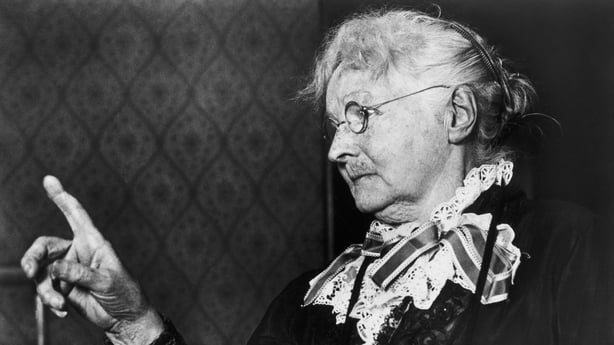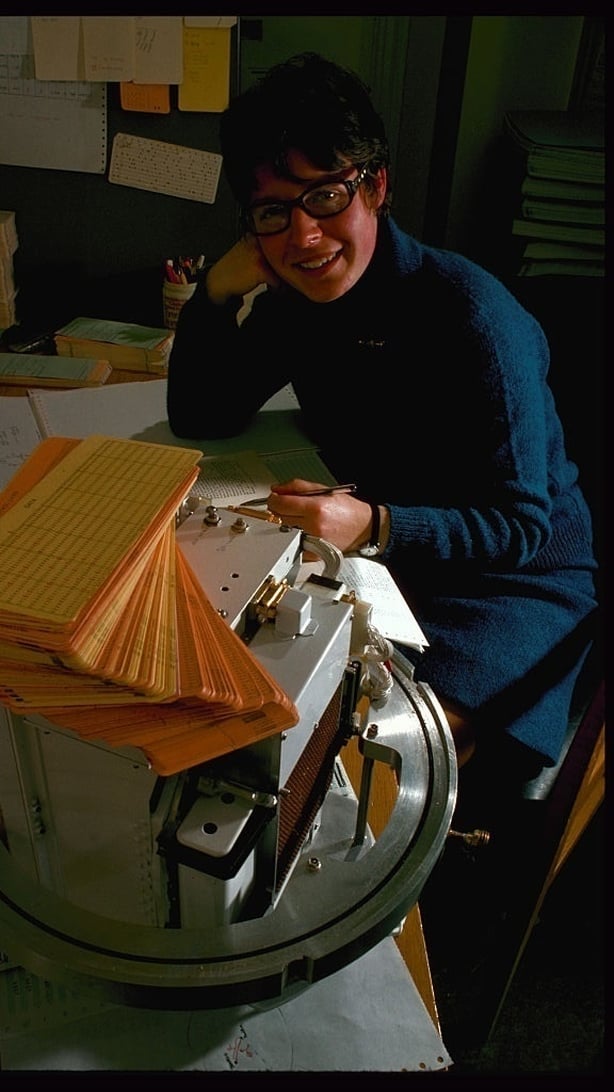Ahead of International Women's Day, EPIC (The Irish Emigration Museum) is hosting a special tour to shine a light on the impact Irish women have had on the world.
Focusing on women who "have gone against the grain and brought about change", the museum aims to shine a light on the achievements of trailblazers across journalism, activism, politics, science and sport.
"What's unusual about Irish emigration is that just as many women left Ireland as men in the decades after the famine, which is unusual in the European context," says Catherine Healy, Historian in Residence. "In some periods females actually outnumbered men; a lot of unmarried women were leaving along which was generally not the case in European emigration."
To find out more about the fascinating women who left Ireland or were born to Irish emigrants, we asked Catherine to share some of her favourite stories.

One woman featured in the tour is journalist Nellie Bly - can you tell me more about her?
She is a brilliant woman born in the 1860s. Elizabeth Jane Cochran was her birth name and she gets the Irish link through her grandfather who came to the US from Derry in the late 18th Century - a time when very few women would have moved into journalism.
She started writing for the Pittsburgh Dispatch under the alias Nellie Bly. Apparently, she got the job when she read an offensive article titled What Girls Are Good For, and she wrote a letter of complaint that the editor was very impressed by and he gave her a job.
She made her biggest mark at The New York World, she was there for over a decade, and had a succession of major scoops. She went in disguise and exposed a number of institutions like jails, factories, and orphanages. She went into Blackwell's Island women's lunatic asylum for ten days pretending to be mentally unwell herself and was horrified by how the staff there treated the people under their care.
It was her attempt to cross the world in 1889 made her an international name. She set out to break the fictional record set by a character in Jules Verne's Around the World in Eighty Days. The promo poster at the time showed is brilliant and showed how judiciously she must have packed, as she was holding just a small handbag.
She was greeted by huge crowds and set a new record: 72 days to cross the world before the time of aviation.

Who else are you excited for people to learn about?
Sarah Durack made a splash - no pun intended - at a time when swimming was still segregated by gender. When she started off women wouldn't even be allowed to watch female swimmers and then she goes on to break a world record at the 1912 Olympics.
Anne Bonny is always one that children latch on to; she was a pirate born in Cork who sailed the Carribean seas in the 18th Century, raiding ships dressed in men's clothing, and fighting with a pistol and machete.
One of my personal heroes is Mother Jones who was described at one point as the most dangerous woman in America. She overcame huge tragedy in her life, she lost her husband and her four children to yellow fever, and had to build a new life for herself. She became one of the most active and prolific union agitators in the United States but was born in Cork herself.
There's a great photo of her with a group of child workers who she brought on a three-week march from Philadelphia to President Roosevelt's home in Long Island to highlight the issue of child labour. She was a real trailblazer.
Interestingly, she didn't support women's suffrage and she had a famous line: "You don't need a vote to raise hell". She was much more interested in class, so sometimes these figures aren't straightforward feminist heroines, but they challenged gender norms in their activism.

What kind of stories to children lean into?
Kids will gravitate to the things that they're interested in, so if they like science, they'll look to someone like Dame Jocelyn Bell Burnell who was a 24-year-old graduate student pouring over miles of data when she observed for the first time, these radio pulsars. She's another remarkable figure.
Sometimes the convicts appeal to the kids as well. There's a sad history of female convicts being sent to Australia for very petty crimes in the 19th Century and going to female factories over there, so there's tragedy as well as triumph in the range of people who are recovered.
The Rebels and Revolutionaries Women's History Tour will run daily at 1pm from Monday, 3 March to Friday, 7 March. Book here: https://epicchq.com/visit/tickets-and-tours/ (Themed Daily Guided Tour)


